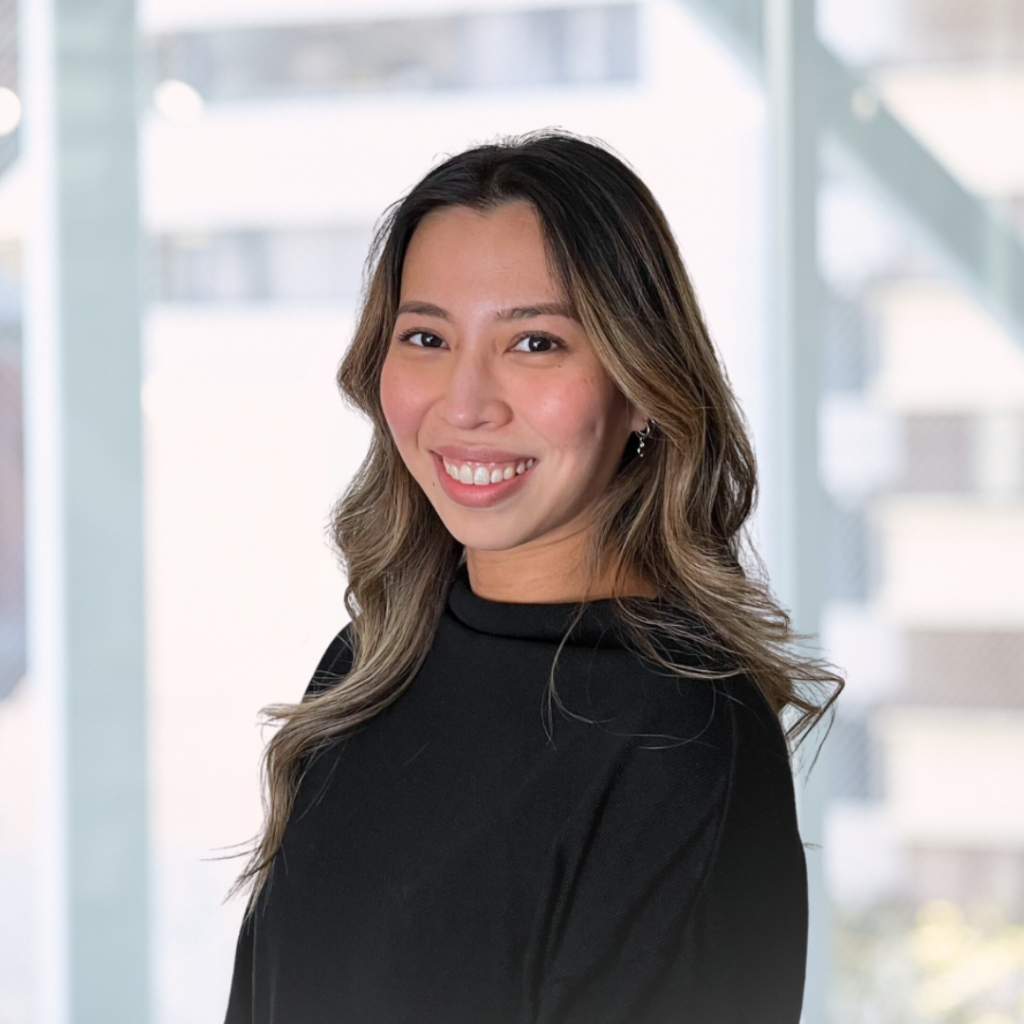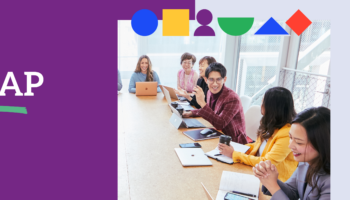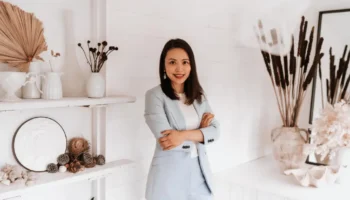In today’s ever-changing world, we all recognise the importance of diversity, equity, inclusion, and belonging. When it comes to building an inclusive work culture, it’s crucial to understand that inclusive hiring practices are just one piece of the puzzle. I’d love to share some practical tips, strategies and tools to transform your interview process into a welcoming space for all candidates. From using inclusive language to tackling unconscious bias and showing respect, let’s dive into the key elements of designing an inclusive hiring process.
Inclusive Interviewing Best Practices
To set the stage for an inclusive hiring process, it’s essential to reassess your interviewing guidelines and practices. Take a step back and critically evaluate your current methods, seeking opportunities for improvement. Designing an inclusive interview process means deliberately incorporating practices that foster diversity, equity, and inclusion throughout.
Inclusive Language
Language plays a pivotal role in attracting diverse candidates. We have to design our job descriptions and postings with inclusive language that resonates with a wide range of individuals. By intentionally using language that embraces diversity and avoids gendered or exclusionary terms, we create an environment where all candidates feel welcome and valued.
For example, swap out specific pronouns for more inclusive ones like “they” and, let’s leave terms like “rockstar” and “ninja” behind, as they might discourage non-male genders from applying.
Unconscious Bias & Inclusive Leadership training
Unconscious bias can unknowingly influence hiring decisions, creating barriers for qualified candidates. As we design an inclusive hiring process, we must be aware of these biases. By cultivating awareness and providing training to our leadership teams, we can challenge our preconceptions and ensure that our evaluations are fair and objective.
Interview Team
Where possible, design for a diverse interview committee. I totally get it that sometimes startups may not have a female engineer for example, but by intentionally assembling individuals from various backgrounds and perspectives, we enrich the evaluation process and reduce the risk of bias. We have to design our interview teams to mirror the diversity we seek in our workforce.
For example, if you currently don’t have a female engineer that can be involved in the interview process, how about aiming to get a female product manager or HR/Talent partner involved in the values based interview rounds.
Scoring System
Designing an inclusive hiring process requires a structured and fair scoring system. We need to establish clear criteria and a consistent ranking process to evaluate candidates objectively. By defining our expectations upfront and aligning them with the job requirements, we ensure that all candidates are assessed fairly and consistently.
- Discuss and agree upon a set scoring system to rank candidates against.
- Have clear criteria to score the candidates against ready ahead of time and stick to it.
- After each interview, have the interview team provide their feedback and their candidate score to the hiring manager / committee within 24 hours and before the next interview.
Applicant tracking systems with scorecard capability that I’ve personally used include:
The Interview
During the interview stage, we have the opportunity to foster inclusivity. Designing an inclusive interview means being mindful of accessibility and accommodations for candidates. By proactively asking about any needed adjustments and providing a structured and consistent interview experience for all, we demonstrate our commitment to inclusivity
Respect Candidates
Respect for candidates is fundamental to an inclusive hiring process. Let’s make sure we’re mindful of their time and needs by avoiding last-minute changes and giving enough space between interviews. And hey, providing prompt feedback and owning up to any mishaps instead of ghosting candidates goes a long way in building trust, especially when this is a common occurrence in our industry.
Conclusion
As organisations, we have a responsibility to design our hiring processes to be inclusive. By intentionally incorporating inclusive language, addressing unconscious bias, assembling diverse interview teams, implementing fair scoring systems, and showing respect to candidates, we create a pathway for finding the best talent while fostering diversity and inclusion.

Written by Michelle Ha, DEI Consultant at The Dream Collective






